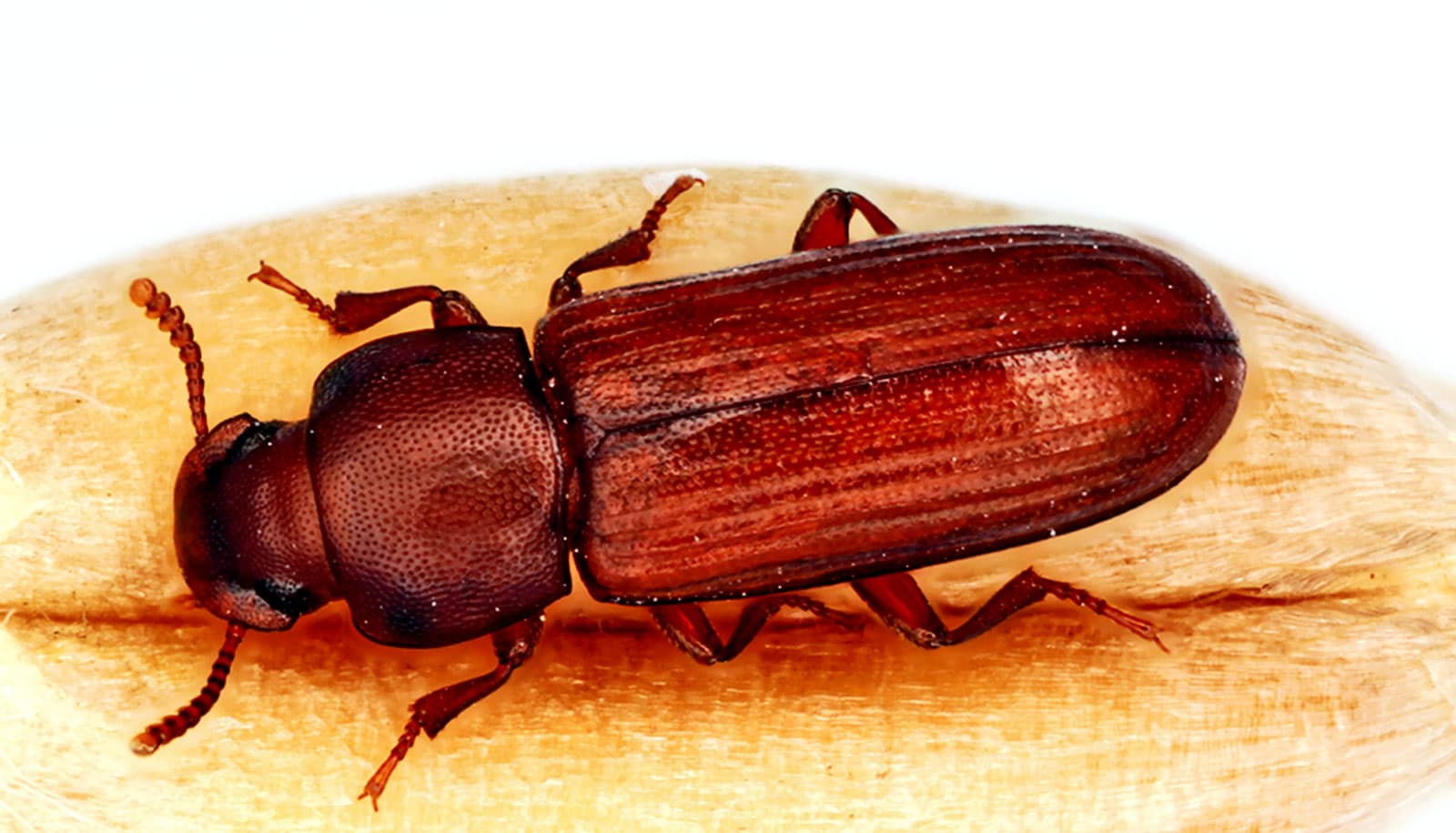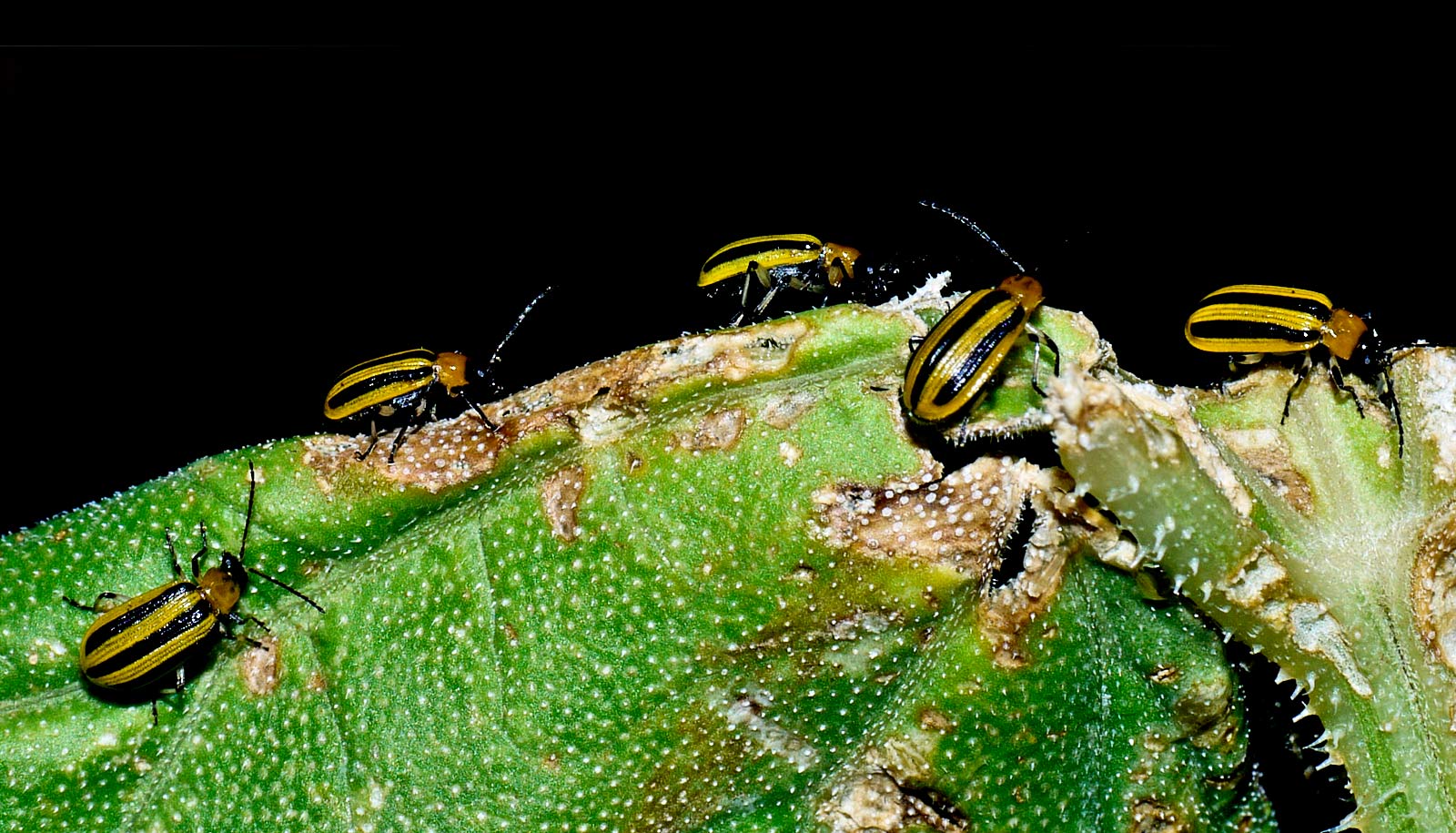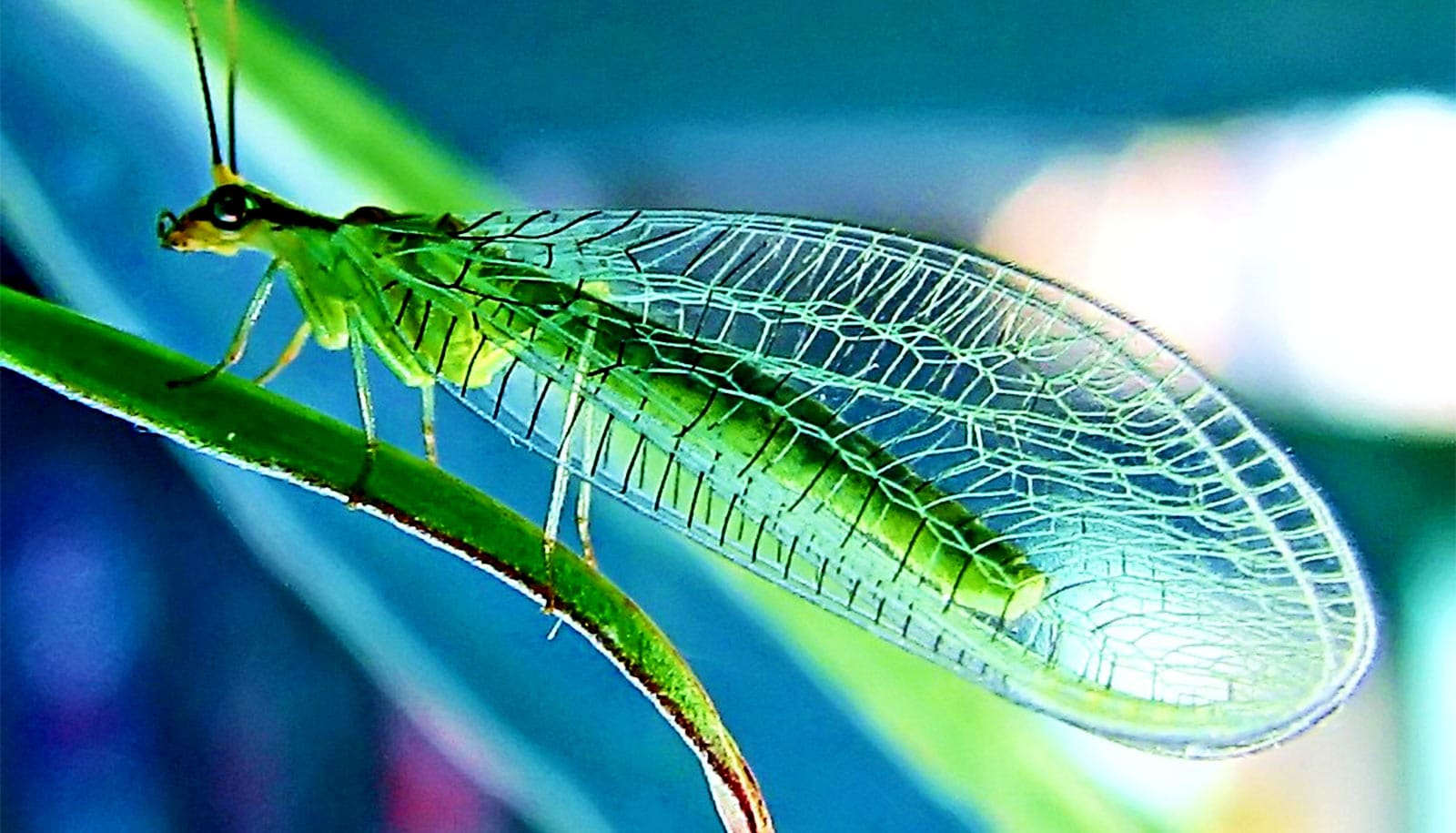Discovering which hormones regulate urine formation in the kidneys of beetles may one day help develop more ecological methods of combating these harmful insects, researchers report.
Up to 25% of global food production is lost annually due to insects, primarily beetles. For the past 500 million years, beetles have successfully spread and adapted to life around the globe and now account for one of every five animal species on Earth. Yet as far back as ancient Egypt, these tough little bugs have invaded granaries and vexed us humans by destroying our crops.
As a result, food production and an abundant use of pesticides now go hand in hand. A large share of these pesticides damage biodiversity, the environment, and human health. Phasing out various pesticides requires new solutions to target and eradicate pests without harming humans or beneficial insects like bees.
“While it may seem slightly vicious, there’s nothing new in us trying to vanquish pests that destroy food production.”
“Knowing which hormones regulate urine formation opens up the development of compounds similar to beetle hormones that, for example, can cause beetles to form so much urine that they die of dehydration,” says Kenneth Veland Halberg, associate professor of biology at the University of Copenhagen.
“While it may seem slightly vicious, there’s nothing new in us trying to vanquish pests that destroy food production. We’re simply trying to do it in a smarter, more targeted manner that takes the surrounding environment into greater account than traditional pesticides.”
The new study, published in the Proceedings of the National Academy of Sciences, demonstrates that beetles solve the task of regulating their water and salt balance in a fundamentally different way than other insects. This difference in insect biology is an important detail when seeking to combat certain species while leaving their neighbors alone.
The research indicates that this unique kidney function evolved about 240 million years ago, and that the mechanism has played a significant role in the extraordinary evolutionary triumph of beetles.
“Today’s insecticides go in and paralyze an insect’s nervous system. The problem with this approach is that insect nervous systems are quite similar across species. Using these insecticides leads to the killing of bees and other beneficial field insects, and harms other living organisms,” Veland Halberg says.
The centrality to survival of the carefully controlled water balance of beetles is no secret. In fact, ancient Egyptians already knew to mix pebbles in grain stores to fight these pests. Stones scratched away the waxy outer layer of beetles’ exoskeletons which serves to minimize fluid evaporation.
“Never mind that they chipped an occasional tooth on the pebbles, the Egyptians could see that the scratches killed some of the beetles due to the fluid loss caused by damage to the waxy layer. However, they lacked the physiological knowledge that we have now,” Veland Halberg says.
“The incentive to develop compounds which target and eradicate pests is huge. Food production is critically dependent on pesticides.”
Pesticides have replaced pebbles. And, their global use is now valued at roughly $100 billion annually. But as rules for pesticide use become stricter, farmers are left with fewer options to fight pests.
“The incentive to develop compounds which target and eradicate pests is huge. Food production is critically dependent on pesticides. In Europe alone, it is estimated that food production would decline by 50% without pesticide use. With just a single, more targeted product on the market, there would almost immediately be immense gains for both wildlife and humans,” Veland Halberg says.
But the development of new compounds to combat beetles requires, among other things, that chemists design a new molecule that resembles beetle hormones. At the same time, this compound must be able to enter beetles, either through their exoskeletons or by their feeding upon it.
“Understanding urine formation in beetles is an important step in developing more targeted and environmentally-friendly pest controls for the future. We are now in the process of involving protein chemistry specialists who can help us design an artificial insect hormone. But there is still a fair bit of work ahead before any new form of pest control sees the light of day,” Veland Halberg says.
Researchers from the University of Edinburgh in Scotland and McMaster University in Canada contributed to the work.
Source: University of Copenhagen



